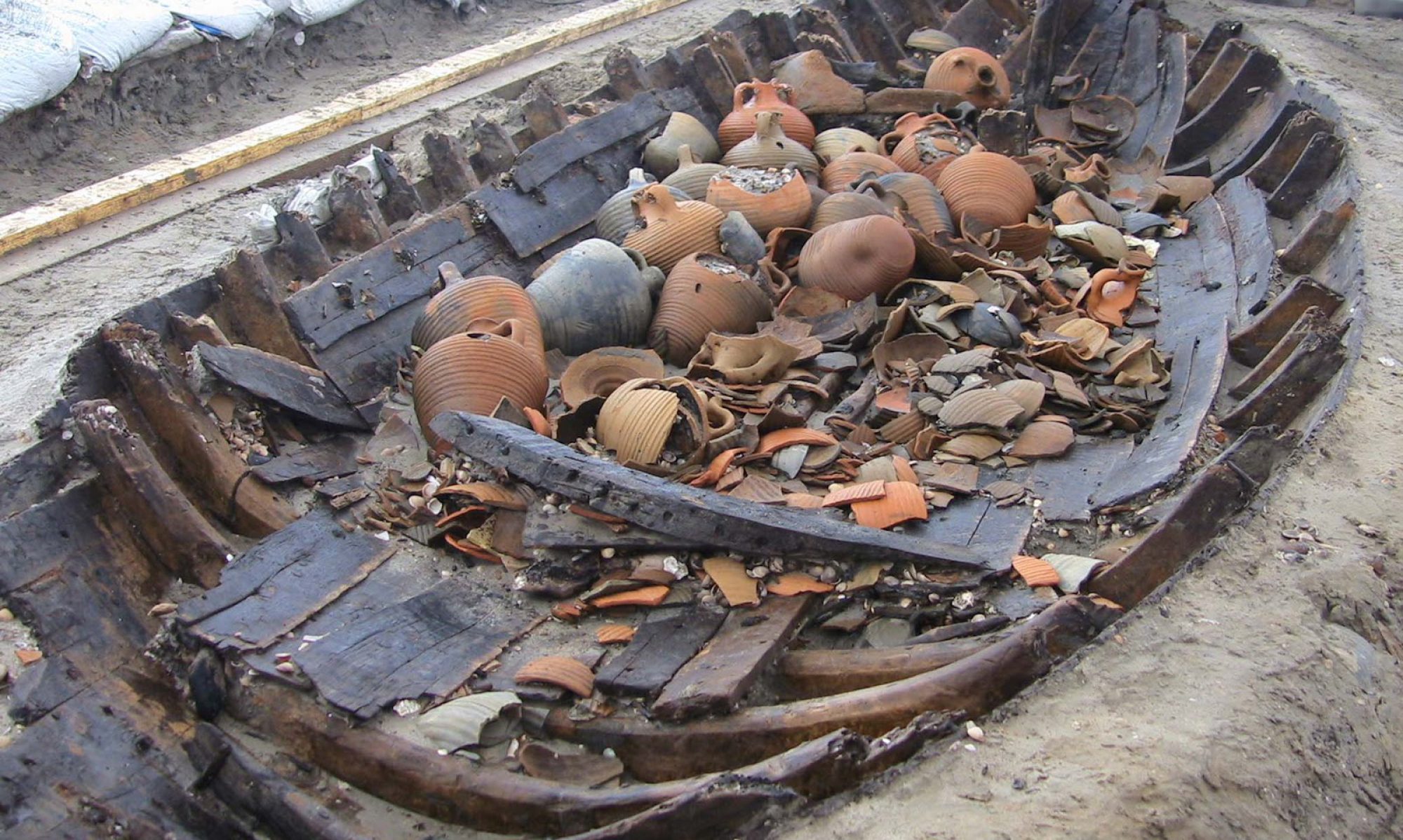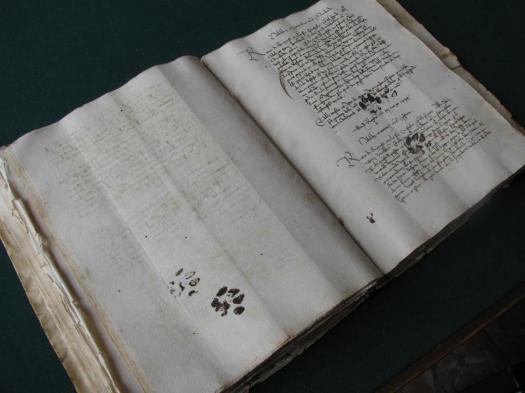“Has your cat ever walked across your keyboard? Well, it’s not a new problem. Medieval book historian Erik Kwakkel recently Tweeted this photo of a 15th century book with… you guessed it… cat paw prints in ink on the pages! We’re part of a long and glorious historical movement, friends.“
2011 in review
The WordPress.com stats helper monkeys prepared a 2011 annual report for this blog.
Here’s an excerpt:
The concert hall at the Sydney Opera House holds 2,700 people. This blog was viewed about 34,000 times in 2011. If it were a concert at Sydney Opera House, it would take about 13 sold-out performances for that many people to see it.
V.S.L.M. celebrates 4th birthday!
Hurray for the blog 🙂
The most visited post in the last 4 years was the one on rare tombs discovered in Machu Picchu.
Vikings revered Stone Age objects
From Views & News from Norway:
New archaeological findings suggest that the Vikings considered Stone Age objects to have magical qualities, and that such “antiques” were more important in Viking culture than previously understood.
Examinations of around 10 Viking graves found in Rogaland, southwest Norway, revealed Stone Age items, such as weapons, amulets and tools. Olle Hemdorff of the Archaelogical Museum in Stavanger told newspaper Aftenposten that he believes the items were buried so that “they would protect and bring luck to the dead in the after-life.”
The latest revelations are linked to discoveries from Vikings who had travelled to Iceland, and who have been found carrying Stone Age items with them. Previously, such findings were not considered to be significant, but recent analysis links them to similar, earlier-overlooked evidence from several locations over the former Viking lands.
As well as being buried with the dead, as were some of their ships, Stone Age arrowheads and daggers were sometimes buried under Viking houses. Hemdorff suggests that “by including objects from their ancestors, the Vikings legitimized and gained ‘control’ over the past.”
The custom of burying Stone Age treasures has also been identified in Iron Age communities and excavations from the age of migration (400-600 BC) found in Norway, Sweden and Denmark. Indeed, the practice is mentioned in William Shakespeare’s Hamlet, where it is stated that flint, pottery, round stones and shards are thrown into Ophelia’s grave.
Hemdorff speculates that Shakespeare “probably built his own description on an old custom that we now know goes back to Viking times.”
From Views & News from Norway.
Season’s greetings
Vacations…
…back in couple of weeks!





You must be logged in to post a comment.